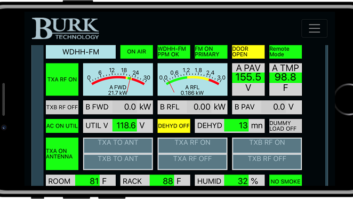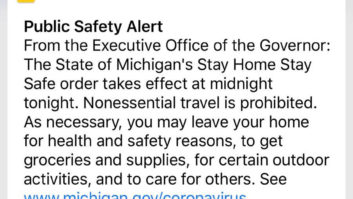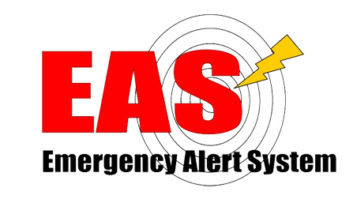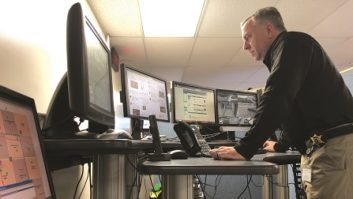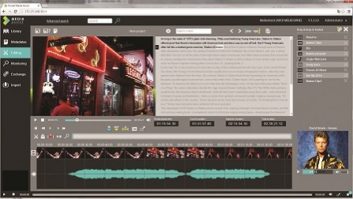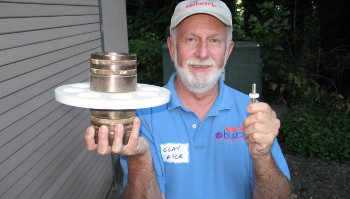Social media, including Twitter, are considered in some circles as an important, “fast” new tool for distributing weather watches and emergencies. But what happens when they don’t live up to the hype?
Lloyd Colston of the AWARE forum wrote a blog post exploring this question. For anyone who relies on receiving warnings, he stresses the importance of diversified streams of information as well as questions to ask to ensure you are prepared. He has written separately about how emergency managers should plan around the limitations of social media.
He begins by describing a Twitter feed concerning a weather advisory for Norman, Okla. The initial feed was released, followed by several delayed re-tweets, followed by additional, delayed re-tweets.
“In this case, an eight-minute delay occurred, depending on which stream one was following.” Today, 17 minutes notice of a tornado warning can be expected thanks to improvements in technology and other developments. But “17 minutes is reduced to 9 minutes when there are delays in the Twitter stream. One could build a case that there is little progress.”
Colston recommends that readers who rely on such information build multiple streams of information; he lists seven crucial sources including radio, television and amateur radio.
He concludes by stating three important questions for readers to ask themselves:
- Do you have three ways to get your warning? What are they?
- How do you integrate together information from social media and other sources?
- When the power goes out, do you have three ways to get your warning? Have you tested them recently?







